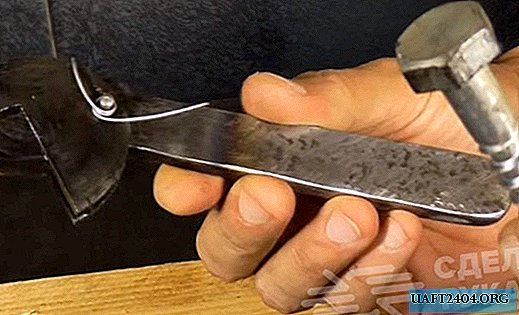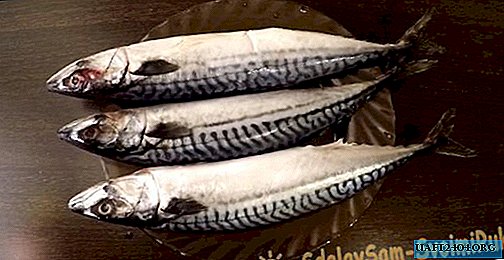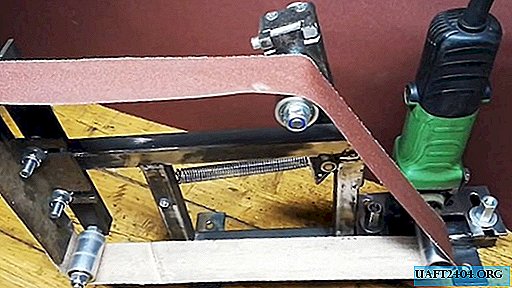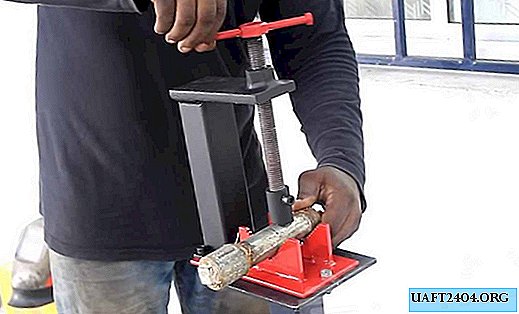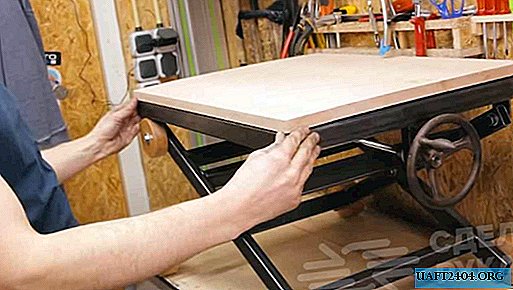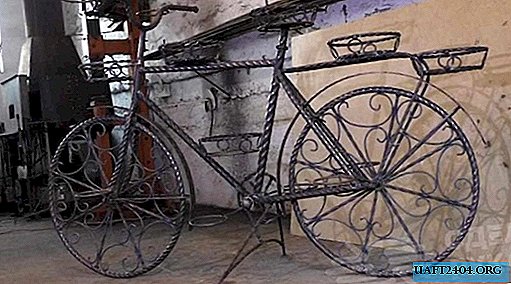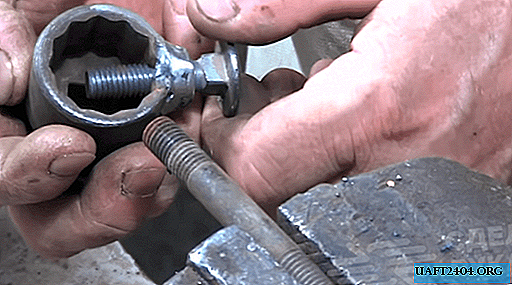Share
Pin
Tweet
Send
Share
Send
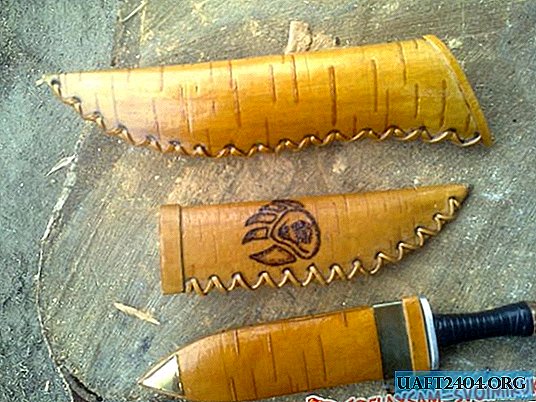
So: find a straight, straight tree (birch) without knots at the bottom of the trunk. It is advisable that the birch bark fragment of your choice does not contain any lichens, small cracks and dark spots. Clear, uniform structure! Having made a T-shaped incision on the trunk, carefully remove the piece of birch bark necessary for the cover. Of course with a margin. The bark is very easily separated from the trunk. It should not be too thin, about 1.5-2 mm thick. If necessary, it can be easily stratified. It is not necessary to dry the bark, since due to the tar contained in it, it is impossible to drive out all the moisture from it. What is good about this material is that you don’t have to spend time drying and processing it, you can start working immediately with it almost immediately after extraction. By the way, due to the high content of tar, the birch bark remains a flexible and water-repellent material, not subject to decay and decay for a very long time.
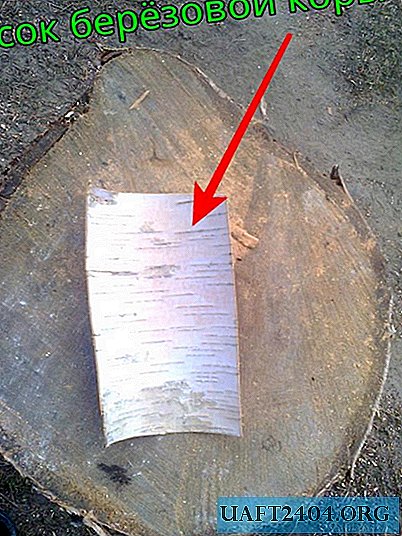
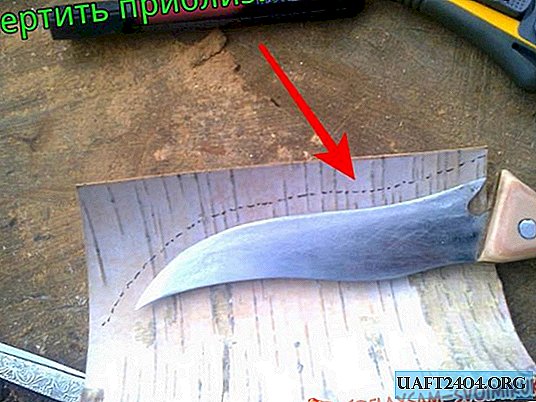
Next, take your knife and apply it to the birch bark, the cutting edge to the edge (this is important!), With a margin of 1.5 cm. We draw an approximate contour indented by 1 cm from the blade. Cut a strip of birch bark 1 cm wide along the drawn contour - it will serve as a gasket between the walls of the cover, which we will fasten with glue and thinly cut birch bark harnesses. Next, repeat the same procedure, turning the knife on the other side. If necessary, you can immediately leave on the side you want a small area for attaching to a belt or belt. We bend the resulting workpiece so that (at least approximately) the contour lines converge and insert the previously cut gasket between the edges. For temporary fixation, we fasten all layers with glue. Put under the press until completely dry.
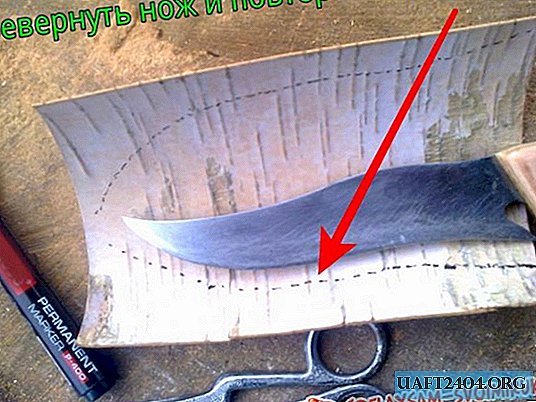

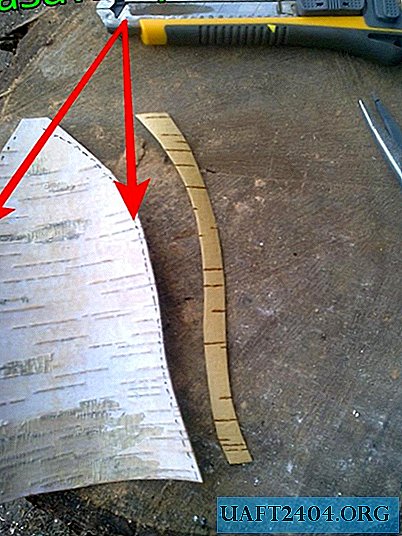
While the workpiece dries, we will be engaged in the manufacture of bundles from the remains of birch bark. We take the thickness of the birch bark (for example 1.5 mm) and measure with a ruler the same one and a half mm. from the flat edge of birch bark. Carefully, with a mounting knife, cut off the measured strip from the sheet. Get a square tourniquet with equal sides. If you don’t want to mess around, you can use some kind of lace, like a shoe, although this is not so spectacular ...
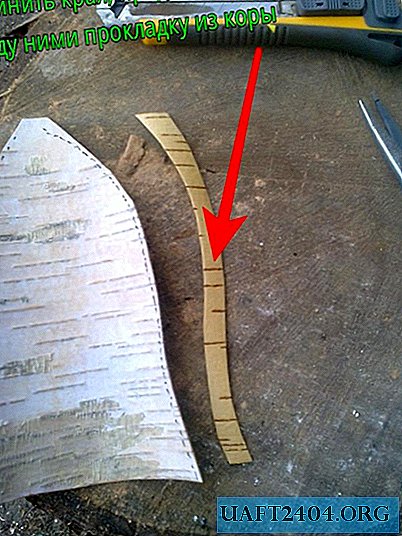
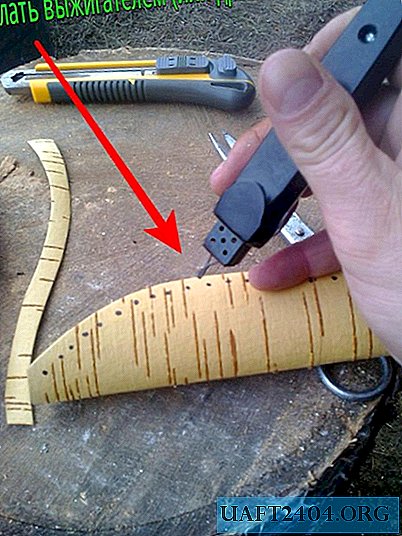
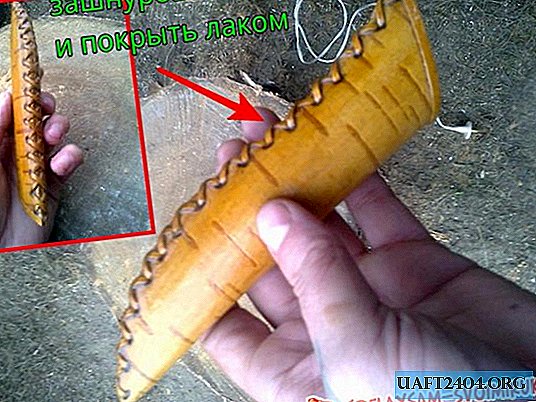
After waiting for the glue to completely dry in the workpiece, we remove it from the press. Take sandpaper and align the glued edges. Next, we make holes with a burner that are twice the thickness of the bundle along the entire edge fastened with glue at a distance of 1 cm from each other and 5 mm from the edge. You can use a drill with a tube instead of a drill (any metal tube of the appropriate caliber with slightly sharpened edges). The holes are ready - take a tourniquet. We sharpen both ends of the tourniquet, for ease of threading through the holes and crosswise thread through the holes. If the tourniquet turned out to be short - it does not matter, we hide both ends in the thickness of the edge of the cover, fastening them with second glue and continue on.
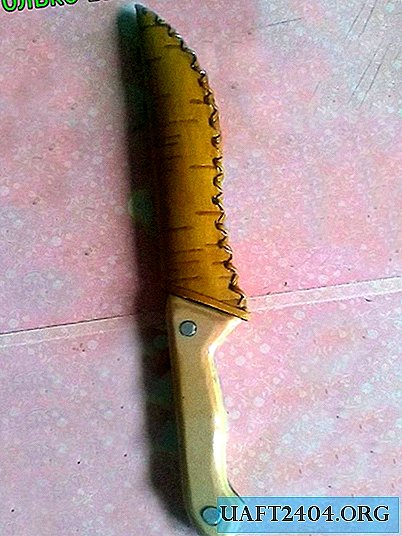

It remains only to cover the product with clear varnish. If you have artistic skills, you can use a burner to depict something on a case, before varnishing. That's all.
Safe use and successful crafts!
Share
Pin
Tweet
Send
Share
Send



